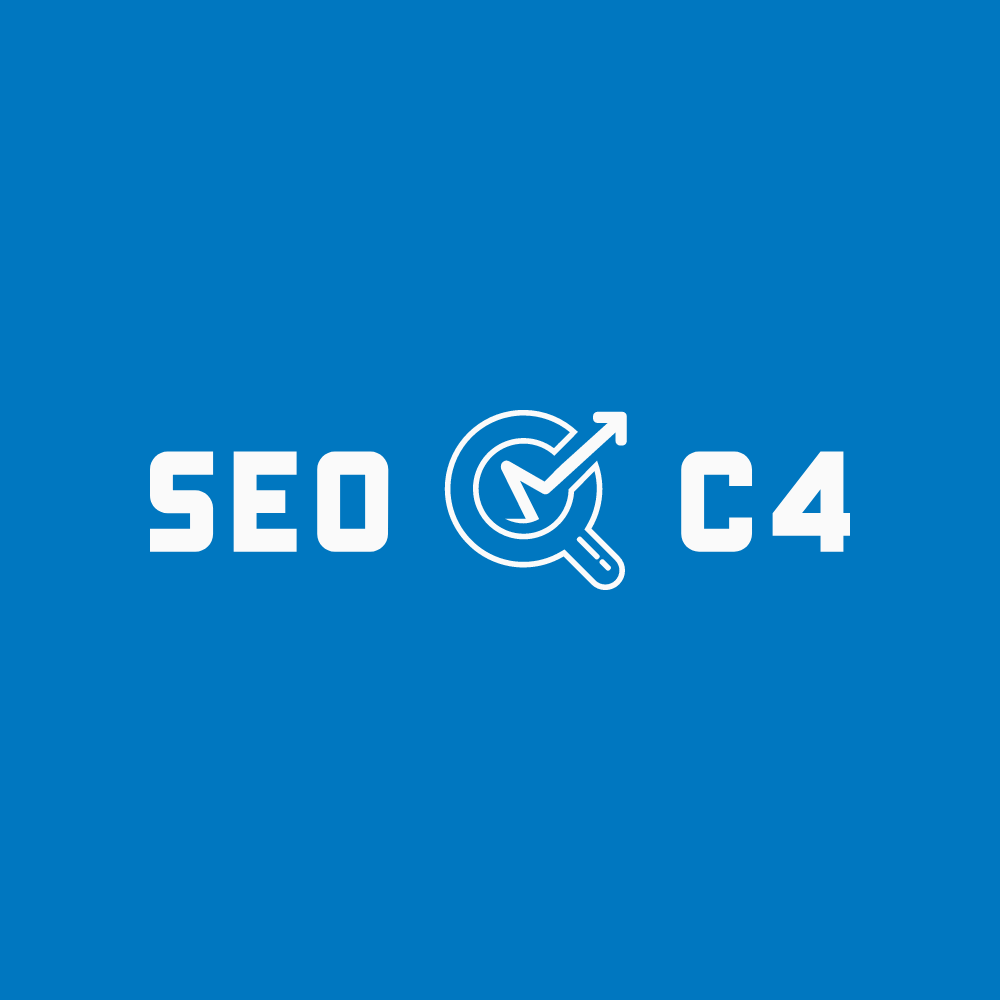
Correct Keyword choice and its correct usage can make a world of difference for any small or large business with online presence. Basic things you need to know about a keyword are its volume, competition, difficulty, and conversion rates.
Remember it is not always about getting the most visitors to your website but getting the right kind of visitors to your website, and therefore relevancy is important and you also need to learn about LSIs and long-tailed-keywords.
Relevancy of Keywords
First and foremost, the keyword must be relevant to your niche. To check the relevancy you must ask yourself if a search is done with the particular keyword and user lands up on your website, will they actually find what they were looking for? If yes, this is relevant to your website. To further confirm you can check if the websites ranking for the word are related to your niche (if not competitors). If websites ranking to the keyword are relevant to your niche or your direct competitors, this is most definitely your relevant key word.
Creating a board of keywords
Look for keywords that are related to the focus key word you have chosen. If you are a seller of baby items, and have chosen a key word ‘baby items’ you aim to rank for, you should incorporate related keywords in your content like ‘newborn essentials’, ‘gifts for baby’, and ‘caring for newborn’. Create a list of a collection of such keywords and phrases.
Ideally, your keyword should have a high search volume and a moderate competition, while relevant keywords could be of moderate to low search volume and moderate to high competition.
Long-Tailed Keywords
Moz.com has highly recommended log term key word stating 70% of searches performed on the internet are actually long term keywords. They further advocate that long-tailed keywords convert much better.
If you are running an online shop for baby items it will be great to rank on the first page for the key word ‘baby items’, but it would be even better to rank for key-phrases like ‘baby items under $50’ or ‘best price for baby items’. Why you ask? Because a person looking for thisdefinitely has a budget in mind but is more willing to buy rather than merely surfing the internet for adorable things to look at. Such a visitor is more likely to convert into a customer.
Additionally, long tailed keywords also add up to relevancy in search engines’ algorithms.
You will be surprised to see that a long tailed key word has relevantly lower search volume, but it is still worth more because the fewer people who will show up on your page following the long tailed keyword are more likely to make a purchase than the one following the short keyword.
Assess the difficulty Level
It is great that you know that your keyword is high in demand, but do you know how much work would go into ranking for it? While you are conducting your keyword research and running analysis, do not forget to account for the keyword difficulty. For a starter a keyword with higher competition will obviously be more difficult to rank, but this may not stand true always. If Amazon or eBay is sole competitor for a keyword, although the apparent competition is low but it is very difficult, near to impossible to rank for the word. It depends on the domain authority and page authority of your competitor. See if there are search advertisements running along the top and right-hand side of the organic results. This will mean a highly valued keyword. If there are multiple search ads, it will mean the key word is highly profitable and brings in a great conversion rate.
Experiment
Buy a sample ad camping for the keyword and see what number of impressions lead to how many traffic and how well it converts. Let’s suppose, your campaign has gained 1000 impressions in 24 hours, out of which 200 visitors have actually clicked at your link and visited your sight and you were lucky to make sale 4 sales giving you a net profit of $400. It means your click through rate is 20% and each visitor is worth $2.




